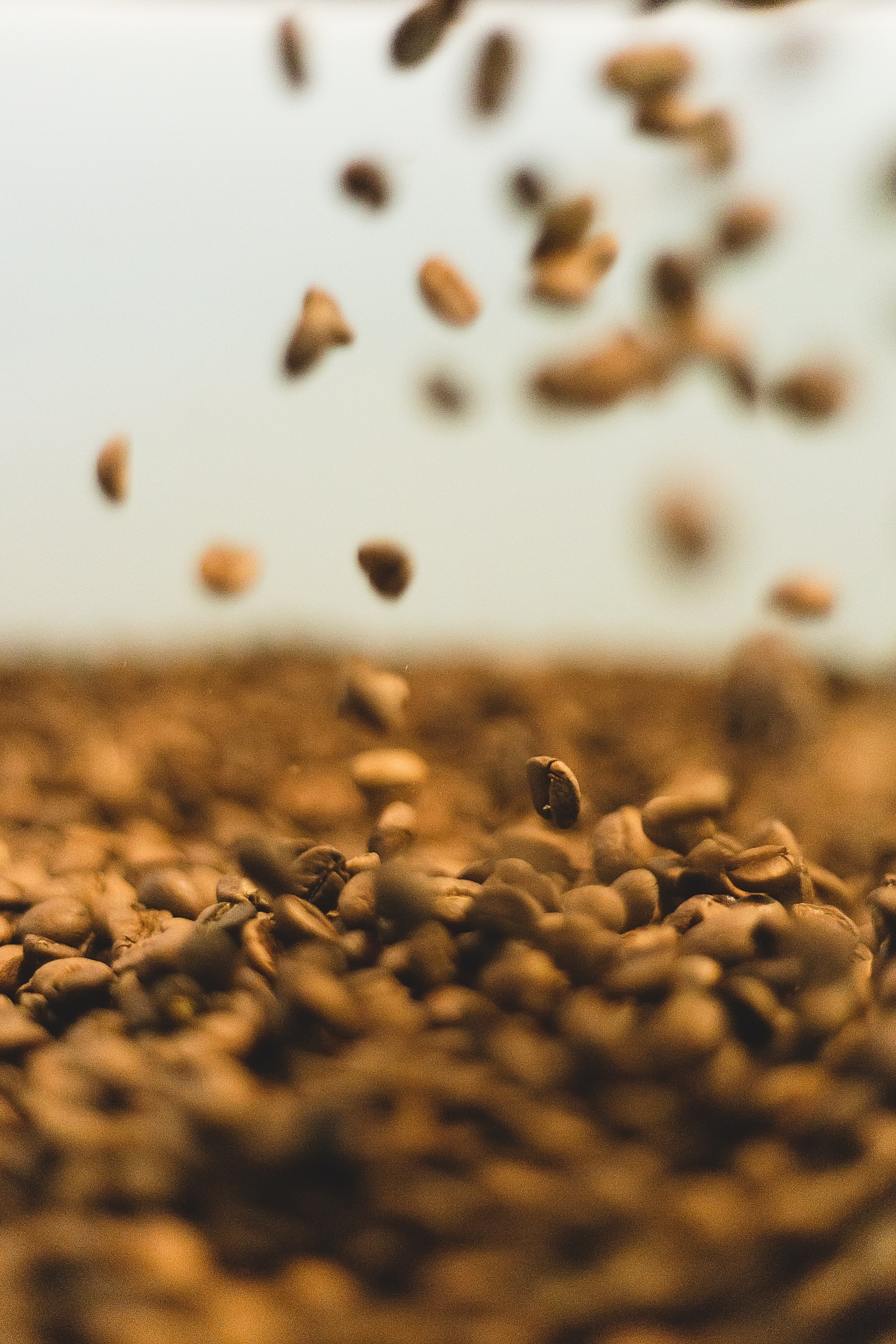What is the cultivation and what happens to the beans at the coffee roaster?

Before the coffee reaches the roaster, it goes through a very complex process. It turns out that the grains have to travel many thousands of kilometers before they are burned. This is all preceded by cultivation, harvesting, and processing of the product, which is still raw. When the finished coffee is in our kitchen, it has dozens of different treatments behind it. The way of the grain is really very interesting, and not only for people who are in love with the taste and aroma of the so-called small black. It turns out that even the slightest changes at the stage of bean processing on the plantation, have a big impact on how the final flavor note of the coffee bean presents itself.
Coffee cultivation, and therefore harvesting and processing
Before coffee roaster will take care of the grains, these must be harvested in the plantations. The best coffee is usually grown on so-called micro plantations. Under natural conditions, coffee bushes grow in the "coffee belt," or between the Tropic of Cancer and the Tropic of Capricorn in Africa, Asia, America, as well as Australia. The location of a particular plantation may depend on what characteristics the coffee has, where a lot is determined by at least the mineralization of the soil, the terrain, or the presence of other plants and climate. On the plantations, which are located high in the mountainous areas, there is manual harvesting of coffee and its processing. We are talking about selection, peeling the skin, pulp, or drying the seeds of fruits.
Coffee roasting
Another very important stage is when the grains, packed in large bags, are usually transported by sea to ports and then to transshipment warehouses, from where they go directly to specific roasters. As you can easily guess, it is there that they are subjected to firing processes. It is interesting to note that coffee beans, even before roasting, have a slightly raw and even fruity aroma, with only a dozen or so aroma and flavor compounds. When they go through the smoking process, these compounds have as many as 700. Coffee roasting takes place in special dedicated ovens, where temperatures can reach up to 250 degrees Celsius. Firing the grains can take from a few minutes to several minutes, depending on the desired degree of firing.
We are talking here about the process, which is even crucial for the final result, which is to obtain the full harmony of coffee taste. The goal is to achieve the perfect balance, between sweetness, acidity and bitterness. In doing so, it is important to keep in mind the very important aspect of individualization, as different types of coffee, will require different treatment. Well, some of them will achieve their optimal flavor and aroma during a long firing, while others will achieve their optimal flavor and aroma during a shorter one.
Coffees are also roasted according to their purpose. It is not only the firing time that matters, but also the temperature rise at the right time, the initial and final temperatures, and the speed of the drum.
Nevertheless, an important stage of firing is the process of cooling the grains, all due to the fact that when they are removed from the kiln, they have a very high temperature. If they were to cool on their own, after a while they would be found to be no longer fit for consumption. (They will just keep burning if not cooled as soon as possible). With this in mind, they are dumped on a special cooled tray, and there, under the influence of the flowing air, it is possible to adequately reduce the temperature of the grains, and thus stop physical and chemical processes.
Degassing
It is worth being aware of the fact that freshly roasted coffee smells completely different than after several hours. It is necessary to wait a little for the grains to get their first intense aromas. Coffee needs to de-gas and get "settled". This is a process whose length usually depends on the specific grade of grain, as well as the firing process. Usually lasts from a few to several days. According to experts, it is best to consume this freshly roasted coffee, that is, about 4-5 days from the date of roasting. Given this, the best coffee we will manage to buy directly from the coffee roaster.
Packages of the coffee we offer, are equipped with special valves, which allows proper degassing of the coffee, while at the same time they do not let air in. This also prevents the product from being weathered and the bag from exploding.
